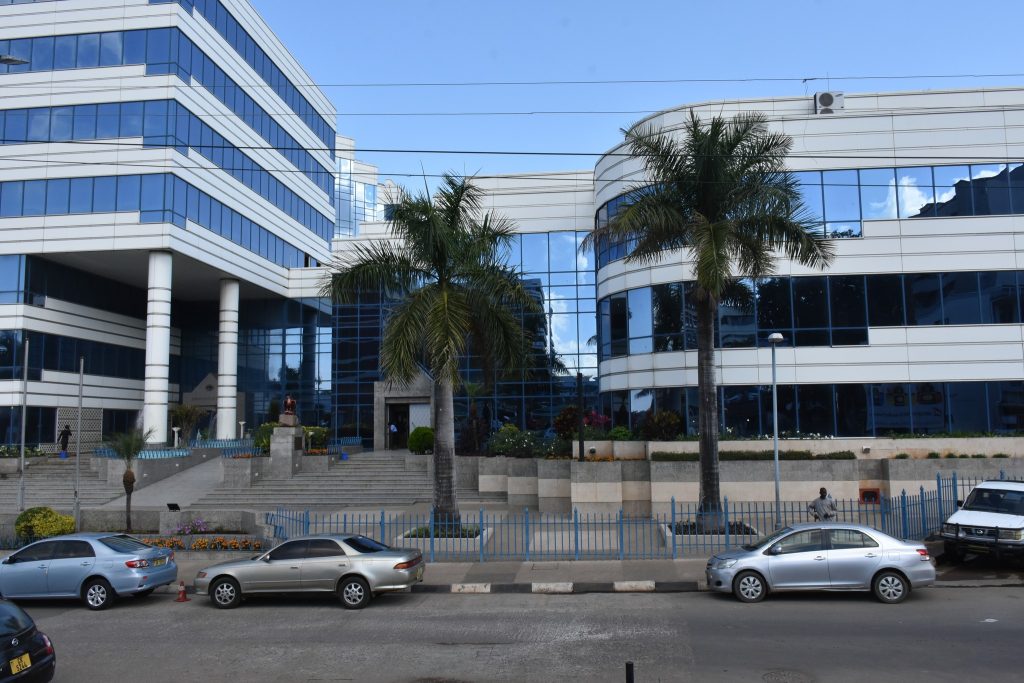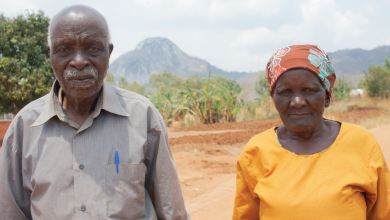Navigating the monetary-fiscal policy nexus
In 2022, Reserve Bank of Malawi (RBM) Governor Wilson Banda famously told Malawians that as long as the inflation was high, the central bank would raise interest rates to bring the rising costs of prices and services to the desirable five percent mark.
At the time, inflation was hovering at 19.1 percent and the policy rate—the rate at which commercial banks borrow from the central bank—had just been raised from 12 percent to 14 percent after an extended pause on interest rate hike to allow the economy to recover.

In August 2024, the bank has raised the policy rate by a further 1 200 basis points to a staggering 26 percent! Unfortunately, inflation has risen to a whopping 33 percent, at least 28 percentage points above the targeted five percent mark.
The cost of government borrowing
What went wrong? Economic experts and policy analysts point to a recurring problem. A lack of coordination and harmony between the fiscal, monetary and exchange rate policies.
A World Bank analysis contained in the July 2024 issue of the Malawi Economic Monitor notes that the government’s extensive borrowing from the private sector is fuelling the rise in monetary growth and undercutting the effectiveness of the tight monetary policy.
Part of the report reads: “Despite the tighter monetary stance, continued central bank financing of the fiscal deficit has resulted in a continuous expansion of the money supply, which is contributing to inflation.”
Exacerbating the problem, the mounting cost of debt service further complicates fiscal management, according to the World Bank.
National Working Group on Trade Policy chairperson Frederick Changaya believes that the frequent currency devaluations–25 percent in March 2022 and 44 percent in November 2023 are piling pressure on the central bank’s balance sheet.
The exchange rate depreciation, high inflation, and high levels of money growth also weakened the RBM’s balance sheet, requiring a statutory recapitalisation of K704 billion or 4.4 percent of gross domestic product (GDP) to offset valuation losses, according to the World Bank.
Changaya observes that since a portion of Malawi’s debt is held in foreign currencies, exchange rate fluctuations put pressure on the country’s debt–which has already hit an unsustainable 80 percent of the GDP, putting the country at severe risk of debt distress.
“When we devalue the kwacha, we kind of impose an interest on interest,” he explained. “Because if we devalue by 44 percent, it means our foreign debt rises by the same amount in kwacha. For a predominantly exporting country, this worsens the country’s debt burden in the long-term.”
Radical reforms needed to correct course
Economic experts in the country have called for radical reforms to the country’s fiscal and monetary policies to contain inflation and bring down government debt, including a proposal to implement discriminate interest rates for the government and private sector.
National Planning Commission (NPC) director general Thomas Chataghalala Munthali suggests a radical course correction to implement discriminatory borrowing rates for the government and private sector to create room for the private sector to borrow.
He says creating a policy that requires the government to borrow at a higher rate would not deter the government from borrowing, but it would create room for the private sector to borrow on more favourable terms and spur investment in productive sectors such as agriculture, tourism, mining and manufacturing.
The NPC head, whose organisation is the key implementer of the Malawi 2063 and its 10-year implementation plan, believes that tight monetary policies will not complement the country’s development prospects if they are not properly calibrated to complement private sector investment.
World Bank data show that private sector credit in Malawi is hovering at around 20 percent, far below the 46 percent average for lower-income countries as of 2021.
“Tight monetary policy or raising interest rates works when the country has exhausted its factors of production,” he explained. “When the country has not exhausted its factors of production like Malawi, you need to invest to get to fully use those factors of production. But the private sector cannot borrow for investment because interest rates have gone up.”
As of today, consumer and commercial loans range between 30 percent and 39 percent, which restricts investment and undermines the country’s capacity to leverage the private sector as a driver of economic transformation.
On her part, Economics Association of Malawi acting president Bertha-Bangara Chikadza calls for a more holistic approach to managing inflation that accounts for pressures emanating from the supply-side and exchange rate, which she argued, limit the effectiveness of the exchange rate.
“Malawi is exposed to imported inflation because the country largely depends on imports. We import fuel, fertiliser, food and pharmaceuticals. This leads to imported inflation when the local currency depreciates or devalues,” she says.
The call supports RBM spokesperson Mark Lungu’s assertion that the tight monetary policy has worked to a large extent, containing non-food inflation to a moderate 22 percent in the past eight months, but is constantly affected by supply-side issues.
The persistent inflation in Malawi is a complex issue rooted in a misalignment of fiscal and monetary policies.
Addressing this challenge requires a coordinated approach that includes reducing government borrowing, stabilising the exchange rate, and fostering a conducive environment for private sector growth. Without these measures, the country will continue to grapple with economic instability.





